Nazareth Castellanos is a neuroscientist and physicist with a doctorate in neuroscience with 20 years of working as research director of the Nirakara laboratory.
She is now the director of the Brain-Body Interaction in Meditators project.
Also, she has viral content on YouTube her channel has 69000 subscribers and she participated in #Aprendamosjuntos an initiative of BBVA bank where mostly scientists express their knowledge in a simple language and interview format. This is a project that the United Nations recognize for its contribution to the Sustainable Development Goals (SDG).
Her work ‘The mirror of the brain’ reflects the results of the meditation practice that shows the brain changes that occur when we have a contemplative, kind, and conscious attitude.
Castellanos studies the brain-body relationship, and the neural mechanisms involved in attention, emotional regulation, and meditation practice. For several years she has directed research at the Nirakara laboratory and the Extraordinary Chair of Mindfulness and Cognitive Sciences at the Complutense University of Madrid, and combines her research work with scientific dissemination, creating spaces for dialogue between East and West, to promote unity between the scientific community and the spiritual environment.
The main message that she spreads is that the brain can sculpt and regenerate itself. Castellanos is based on research and studies where for example study people who start to meditate in comparison of meditate experts and this show how the expert sculpts his brain just by meditation.
Meditation has accompanied the human being even before Buddha, and it exists in all traditions. It is a practice that has spread and popularized the technique of Using the body to manage emotions making conscious what is still unconscious in the brain.
How she says Information takes time to prepare in the brain, just like emotions. One of the first stations of emotions is the brain station which coordinates the body’s response.
“And my body’s response to that emotion is before the conscious moment in which I perceive that emotion”.
The body knows what the mind has not yet realized. She explained that If we have body awareness I can observe in the body what is being repaired before that emotion comes out of body expression
An excellent way to start is when we are children or raising children is with emotions recognition in the body, where is the anger? where is the happiness? and that helps us recognize sensations that warn before the emotion explodes.
From childhood, we should be educated to detect this emotion in their bodies
Like William James says “I don’t cry because I’m sad because I cry”
According to Castellanos, emotions would be an intellectual concept without the sensations of your body. In mental health, the investigations have been focused mind, but how Castellanos emphasizes that sports or body activities also is an exercise for our brain. The hippocampus, the most important for memory becomes stronger whit sports or mainly cardiovascular exercises
Exercises involving body awareness such as Yoga o Tai chi strengthen the brain. Brain plasticity allows our brain to continually sculpt itself, but we haven’t given the role of the sculptor enough importance.
The ability we have to voluntarily with purpose and intention we can change our brain. A game between the clay and the sculptor. When the brain gets used to it, it is difficult to get it out of there, “I am not as I am but as I am used to being”.
If you are used to being one way, this can be harmful, you have to tell the brain how it should do it. Trying to inhibit a behavior reinforces it. The brain doesn’t know how to forget, we know how to remember… It’s not enough just to say Don’t do it, this behavior denial reinforces the behavior. when you do not change this behavior with another action, the same action and repercussions are repeated.
Castellanos is convinced that meditation is a powerful tool that changes realities, practice being in the present, observe how you breathe, how the air enters and exits, and where it travels. Taking control of own mind is a common practice in all cultures, not just in the East. It is a capacity of the human being that we have to know ourselves and enter into ourselves.




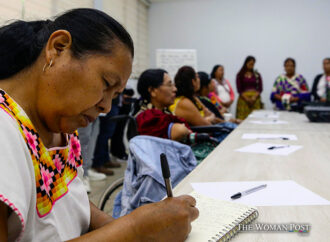
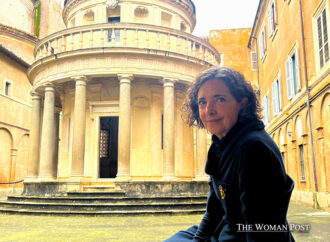
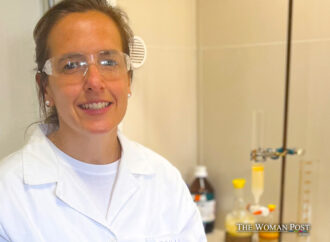
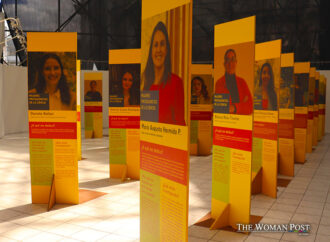
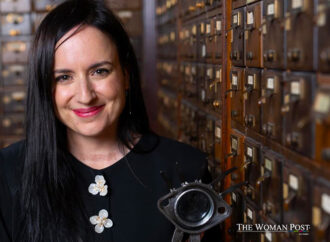







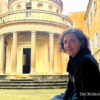



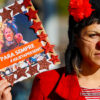


Leave a Comment
Your email address will not be published. Required fields are marked with *